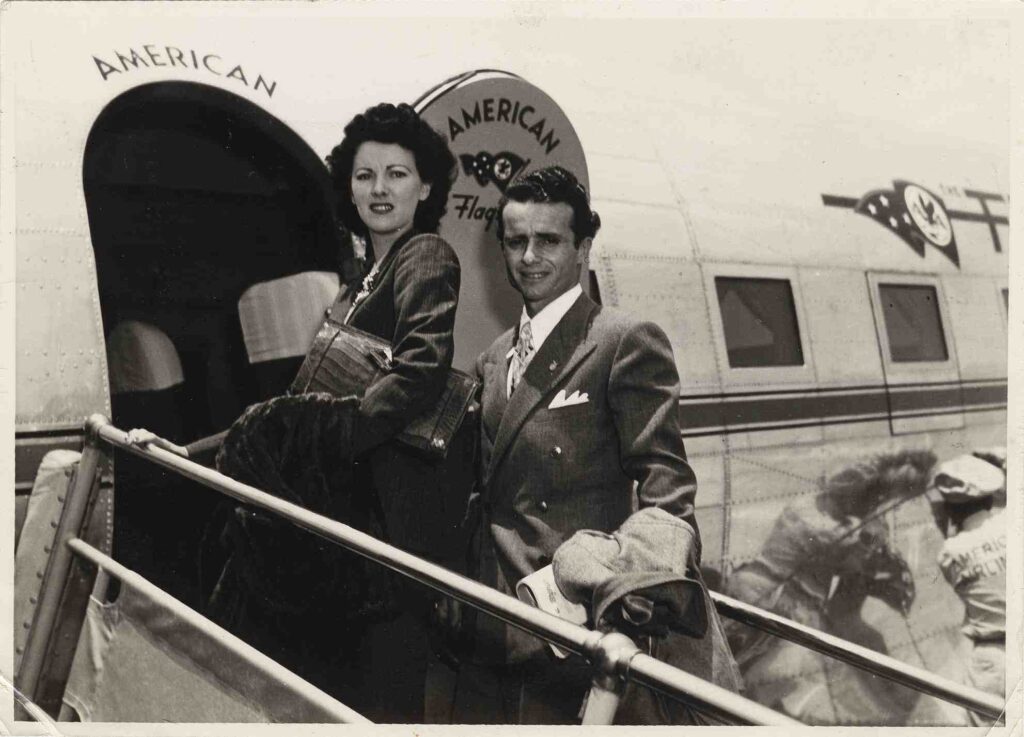Jessie Magdalene MacDonnell
April 13, 1922 – October 1998
The MacDonnell house is average in size for Nova Scotia. Its two stories are chopped into six tiny bedrooms, a kitchen, bathroom, and sitting room—a tight fit for Daniel, Bridget, and their thirteen children. Even the cliff on which the house teeters and the jagged cove below are standard. Scots who settled this spot three generations ago, the MacDonnells tend toward square jaws and pronounced noses, thick dark hair, narrow brows, and deep set eyes.
But their youngest, Jessie Magdalene, is different, more delicate, like she has been sculpted from the raw materials of MacDonnell genes, scraped and smoothed so that her jaw became a gentle curve rather than a point, her nose definitive but not obtrusive. Her hair is just as dark and thick as theirs, but its curls shine and bounce instead of tangling. Where their skin is rugged pale, hers is soft pink. The almost-transparent blue eyes they all share are inched forward on her brow, just enough to transform character into undeniable beauty. She is as quiet as the rest of them, but she lacks the physical stature that propels her parents and siblings through their world. Her way is less clear.
Jessie Magdalene, born three days earlier, on April 13, 1922, will grow up to be Midge. In 1960, a reporter from Coronet magazine writing a feature on her husband, jockey Ralph Neves, will say of her that, “caught off guard, her eyes are haunted.” She wasn’t born with the ghosts, but she had room for them in the empty space where what was carved out would have been.

One night that April, the house is dark, until the fire starts to blaze in one of the bedrooms, lighting the hall outside and even the kitchen at the other end in jittery oranges. A candle toppled onto the sheets of Alice’s bed, in the room she shares with her sister Florence. Daniel, a fisherman, is at sea. He hasn’t met his newest daughter. By the time Florence is able to find Bridget, pluck her infant sister’s lips from her breast, and get back to Alice’s room, there is so much fire they can’t see the bed. Alice is unmistakably there, among the flames, but nobody hears her scream. The eleven remaining kids form an assembly line, filling pots of water, carting them from the kitchen, and dousing Alice’s bed. After twenty minutes of this, the fire is out, but Alice is dead. The smoke killed her, and her charry body makes it hard to believe she hasn’t suffered. If pain is extreme enough, Bridget heard a priest say once, it tries the soul. Such trials separate the saints from the sinners. At thirteen, Alice was the third child. Now Jessie Magdalene is the youngest of twelve.
Two nights later, Daniel’s ship is navigating the mouth of the harbor, when a twelve-year-old apprentice on deck sharpening knives spots what he will later describe as a night rainbow emerging from the MacDonnell house. “Come quick,” he calls the other seven members of the crew, “come quick.” It turns out there is no hurry. The tunnel of ethereal light swirls and glitters like God for a solid two hours while the crew lets the little ship drift. “Jesus, Mary, and Joseph,” Daniel says, “you can’t tell if it begins in Heaven and spills into my house or the other way round.”
Daniel doesn’t find out the night rainbow was Alice’s soul until he arrives home. When he meets his new daughter, he can see a glint of the swirling tunnel in her eyes. Some of that ether spilled into them, planting a playful eeriness. Jessie Magdalene discovers her fate. She will carry whatever haunts other people.
This is a deleted scene from my memoir, The One You Get: Portrait of a Family Organism.

